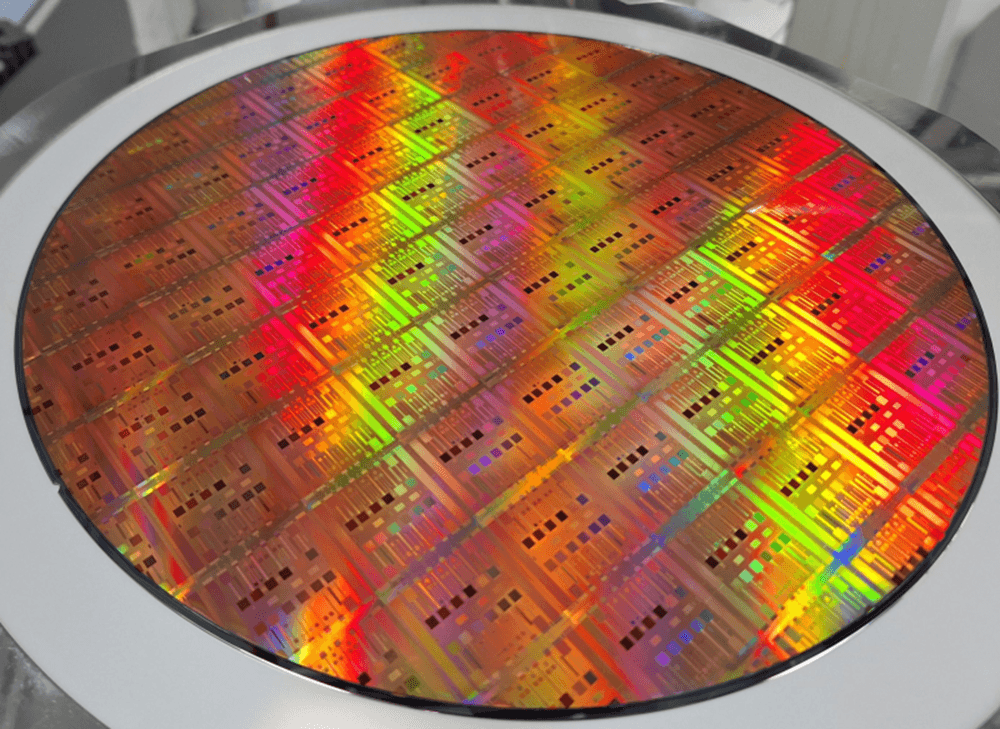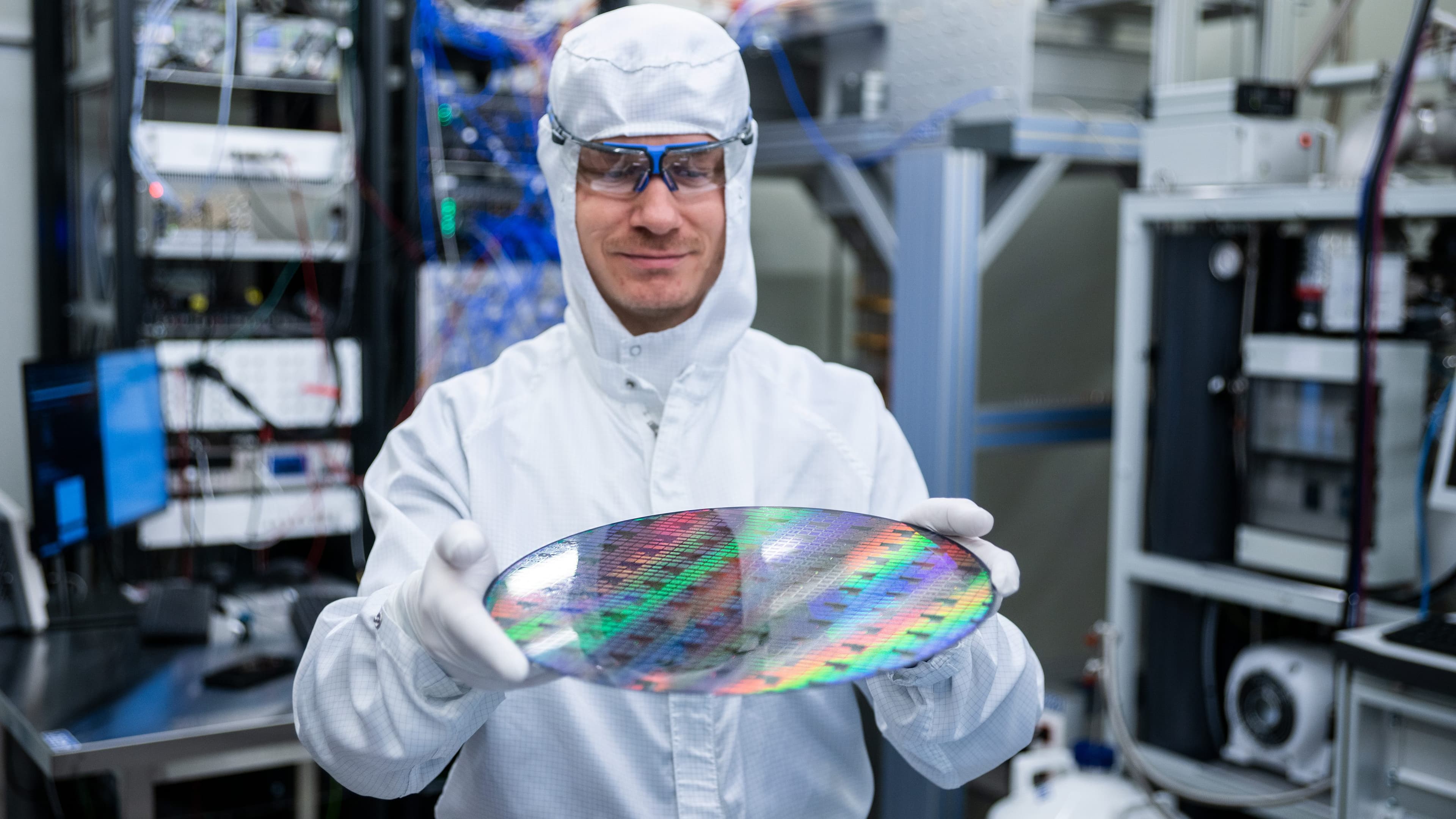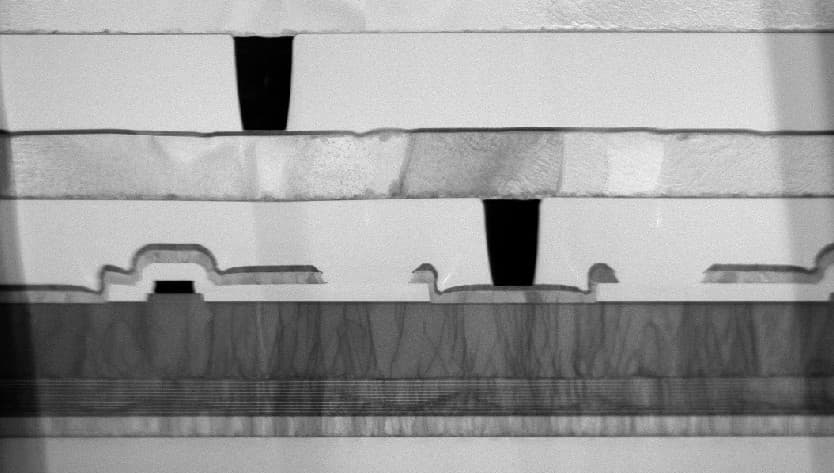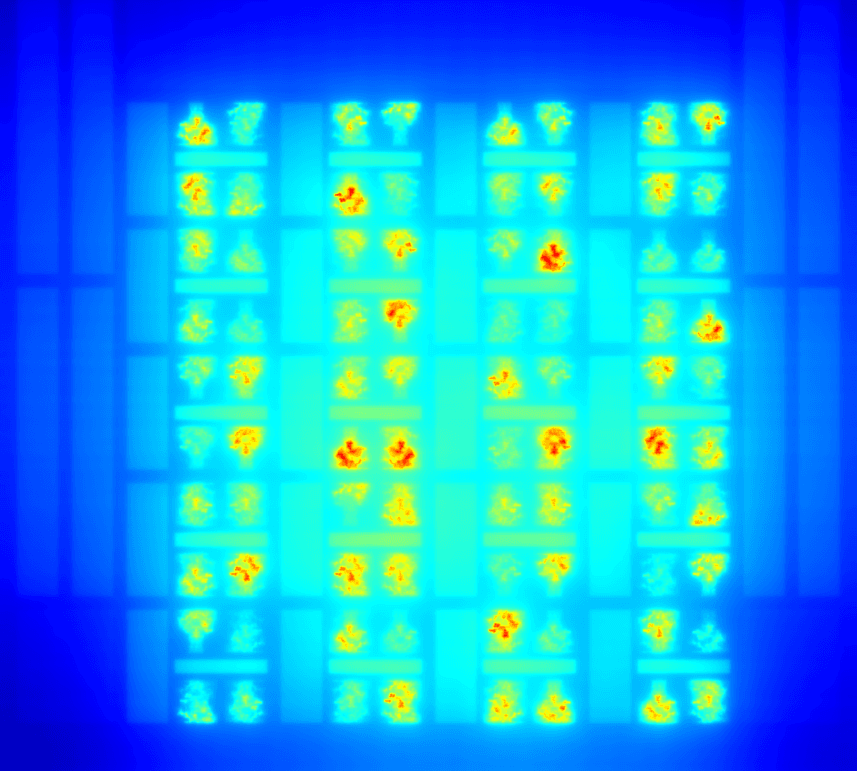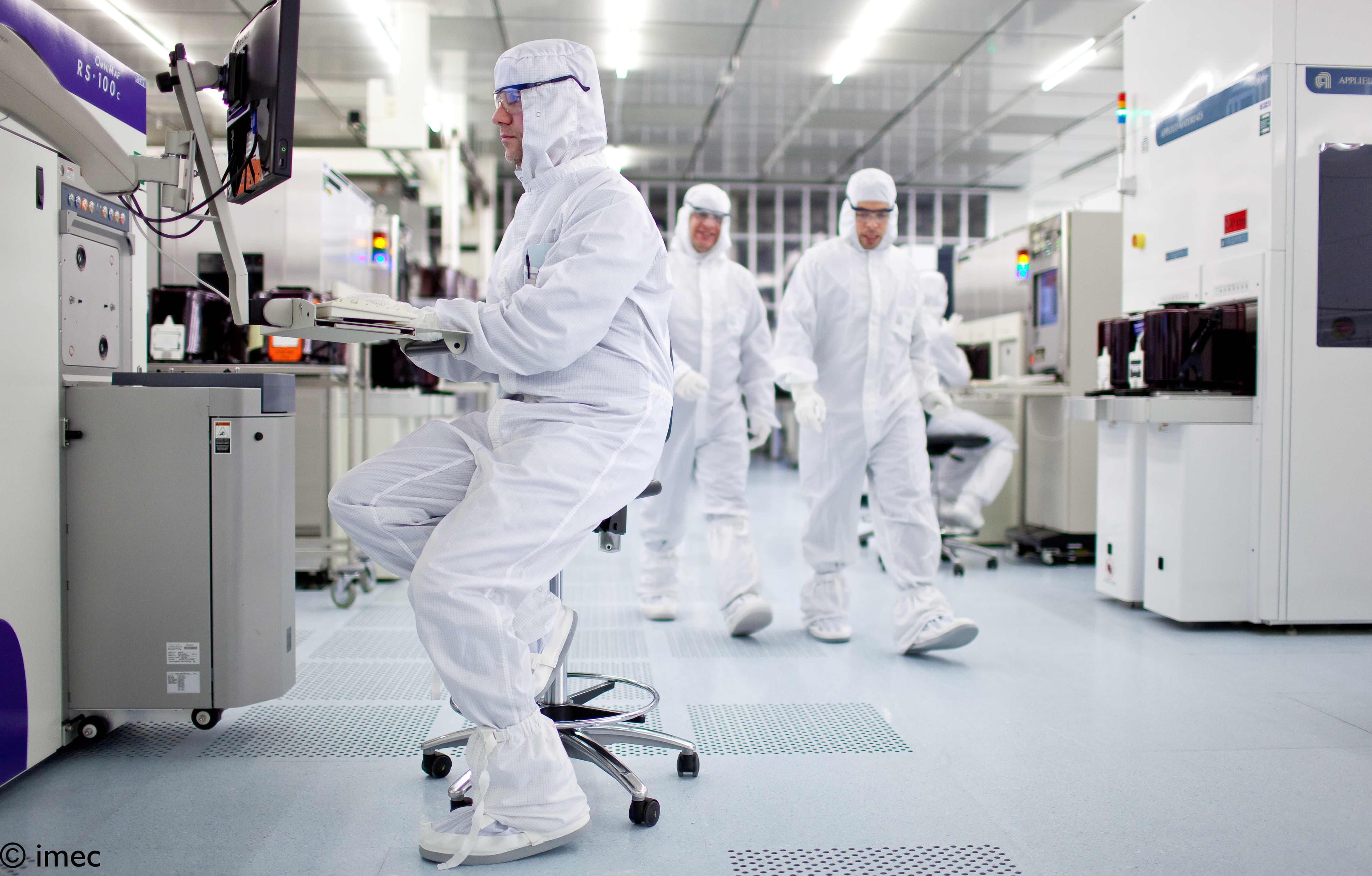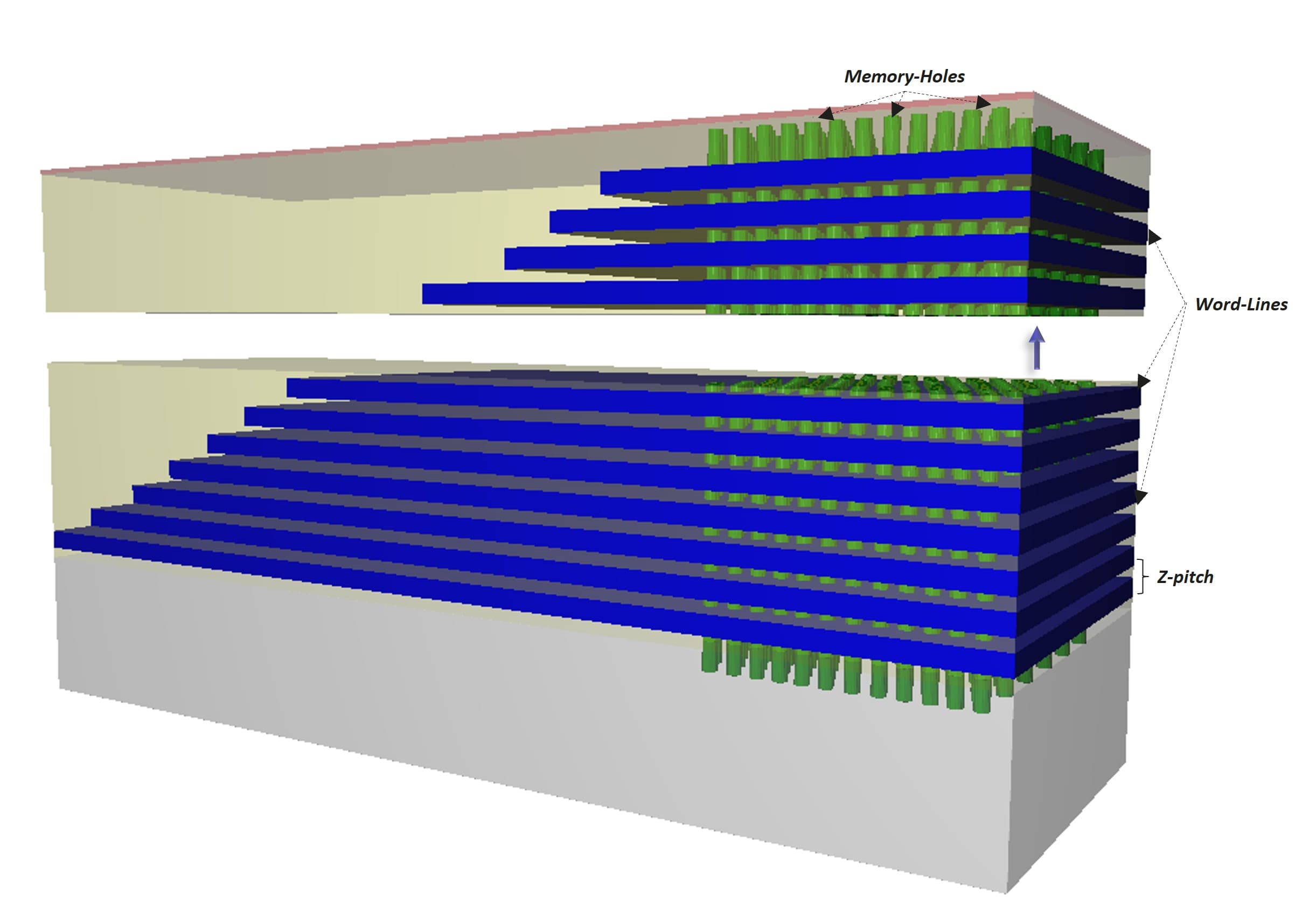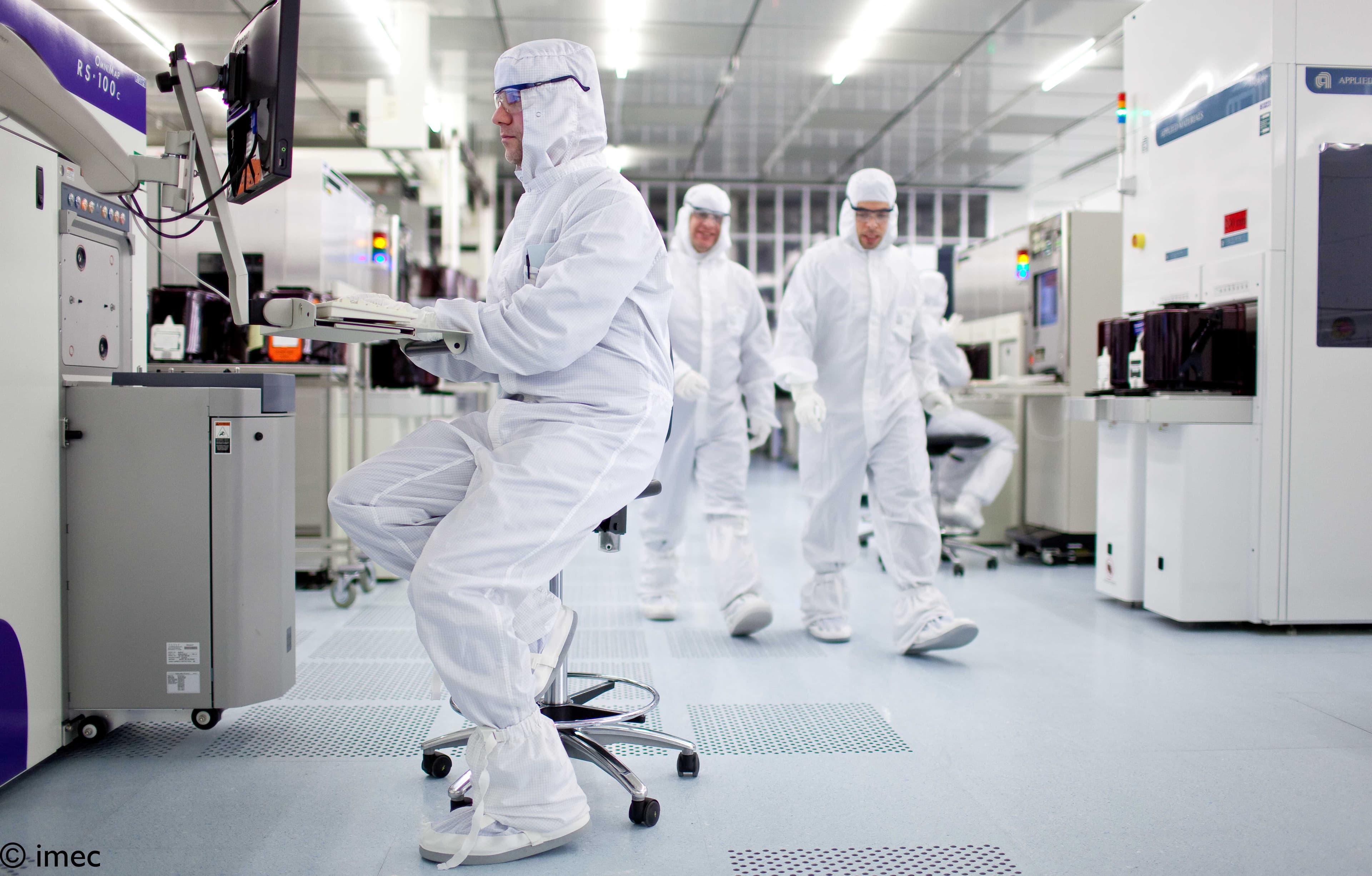Santa Clara, California – June 24, 2020 – The CW-WDM MSA (Continuous-Wave Wavelength Division Multiplexing Multi-Source Agreement) Group today announced its formation as an industry consortium dedicated to defining and promoting specifications for multi-wavelength advanced integrated optics.
IEEE and MSA standards specify four WDM interfaces for today’s high volume datacom optics. Emerging advanced integrated optics applications, such as Silicon Photonics (SiPh) based high-density co-packaged optics, optical computing, and AI, are expected to move to 8, 16, and 32 wavelengths. Standardizing higher wavelength counts is a crucial part of an emerging ecosystem which is enabling a leap in efficiency, cost, and bandwidth scaling compared to current technology. Increasing the number of wavelengths, while staying in the O-band and aligning with ITU and IEEE standards, allows developers and suppliers to leverage their strategic investments in the current generation of optical products to accelerate time to market of next generation products.
“We support and encourage consortiums like the CW-WDM MSA Group in order to accelerate important
technical innovations,” said Christopher Berner, Head of Compute at OpenAI. “OpenAI must be on the cutting edge of AI capabilities and low latency, high bandwidth optical interconnect is a central piece of our compute strategy to achieve our mission of delivering artificial intelligence technology that benefits all of humanity.”
The CW-WDM MSA is different from optical communication standards groups in that it solely focuses on specifying the laser source instead of the full communications link, and is not targeted at any specific application. Such an approach allows developers to fully optimize optics to their customers’ requirements without interoperability constraints while simultaneously creating a large business opportunity for laser source suppliers.
“Laser sources have been the critical building block of fiber optic communications, and standardizing their specifications has been key to the success of Telecom and Datacom optics,” said Chris Cole, Chair of the CW-WDM MSA. “ITU-T established complete baselines for DWDM and CWDM grids. The IEEE then specified subsets of these grids for high volume data center applications, starting with 40G and 100G Ethernet optics. The CW-WDM MSA will similarly leverage ITU-T and IEEE standards to specify 8, 16 and 32 wavelength grids in O-band for emerging advanced datacom and computing optics. With the definition of multiple grid sets, the MSA will enable developers to choose what is optimum for their application, while allowing laser suppliers to only have to invest in one technology platform.”
Promoter Members of the CW-WDM MSA are Arista Networks, Ayar Labs, CST Global, imec, Intel, Lumentum, Luminous Computing, MACOM, Quintessent, Sumitomo Electric, and II-VI.
In addition, several Observer Members have signed on to be briefed on the development of the standard to enable early technology development based on the new specifications. Observer Members are AMF, Axalume, Broadcom, Coherent Solutions, Furukawa Electric, GlobalFoundries, Keysight Technologies, NeoPhotonics, NVIDIA, Samtec, Scintil Photonics, and Tektronix.
For more information about the CW-WDM MSA, please visit cw-wdm.org
Industry Statements of Support:
Christophe Metivier, VP, Manufacturing and Platform Engineering, Arista Networks
"Scaling network bandwidth while reducing power per bit is a critical issue for hyperscale data centers. We support the goals of this MSA to standardize wavelength grids for next-generation multi-channel
optics transceivers that will have significantly lower power per bit."
Charlie Wuischpard, CEO, Ayar Labs:
“To meet the ever-increasing bandwidth demands of HPC, AI and telecom applications, integrated optical I/O will become a necessity, says Charlie Wuischpard, CEO of Ayar Labs. To achieve the required bandwidth density and energy efficiency for these new applications, a new set of optical standards is a vital piece of the puzzle to strengthen the ecosystem and supply chain for this technology to become a reality.”
John E. Johnson, Ph.D., Director, III-V Component R&D, Optical Systems Division, Broadcom:
"Parallel optical architectures will benefit greatly from newly developed WDM grids optimized specifically for the density and scalability of silicon photonics optical engines. We are excited to apply our long history of ultra-reliable high-power CW and WDM laser design and production to the CW-WDM MSA objective and participate in the scaling of parallel compute.
Andrew McKee, CTO, CST Global:
“As a foundry, the standardization of optical components is critical to ultimately providing high volume, low cost solutions. Using our InP100 commercial laser platform, this MSA will enable us to provide next generation DFB lasers to our customers in a much more standardized fashion, thereby eliminating the high levels of often complex customization that we see today.”
Joris Van Campenhout, Program Director of Optical I/O, imec:
“At imec, we believe that wavelength division multiplexing with high channel count is a key enabler for reaping the full benefits of silicon photonics in many application domains. However, every silicon photonics device needs a light source, and we are excited to work with all members in the CW-WDM MSA to help in standardizing multi-wavelength lasers that will propel next-generation silicon photonics.”
Balaji Iyer, VP of Business Development, Luminous Computing:
“Optics is playing a more substantial and significant role in computing systems. This MSA provides the first step in coordinating the industry towards a new paradigm, and Luminous is excited to be leading the way along with our partners.”
Jessen Wehrwein, VP, Corporate Marketing, MACOM
“Cost-effective, multi-wavelength WDM links are poised to enable very high bandwidth interfaces that can address the increased global bandwidth requirement. CW laser source along with Silicon Photonics can lead to co-packaged optics that are energy efficient and lower in cost and more scalable than discrete components. MACOM is excited to be part of the CW-WDM MSA and further support the industry with our leadership in laser development and fabrication.”
Henning Lysdal, VP, Photonics Architecture, NVIDIA
"NVIDIA sees the data center as the new basic unit of computing, and we welcome increased focus on optimizing CW lasers for this application.”
Brian Koch, VP of Technology, Quintessent: "Quintessent is pleased to support the CW-WDM MSA as a Promoter Member. We look forward to helping enable the evolving and emerging applications that will require multi-wavelength sources."
Kenneth Jackson, Product Marketing Director, Sumitomo Electric Device Innovations USA:
“Sumitomo Electric is pleased to be a Promoter Member of the CW-WDM MSA. The definition of frequency grids in the 1310nm wavelength range similar to what exists at 1550nm wavelengths will enable the next generation of high data-throughput optical communications links for high performance computing, artificial intelligence and machine learning. Our expertise in Indium Phosphide semiconductor processing and device fabrication will allow us to provide optimal solutions for our customers.”
Charles Roxlo, VP, InP Devices BU, II-VI Incorporated:
“It’s our pleasure to support the CW-WDM MSA as a Promoter Member. The use of an expanded set of wavelengths in high-performance computing and other networking applications will enable higher-capacity optical interconnects. With a long history of shipping InP-based laser devices, we are looking forward to helping develop this new specification.”
Media Contact:
Kristine Raabe, Ayar Labs
info@cw-wdm.org
Published on:
24 June 2020


